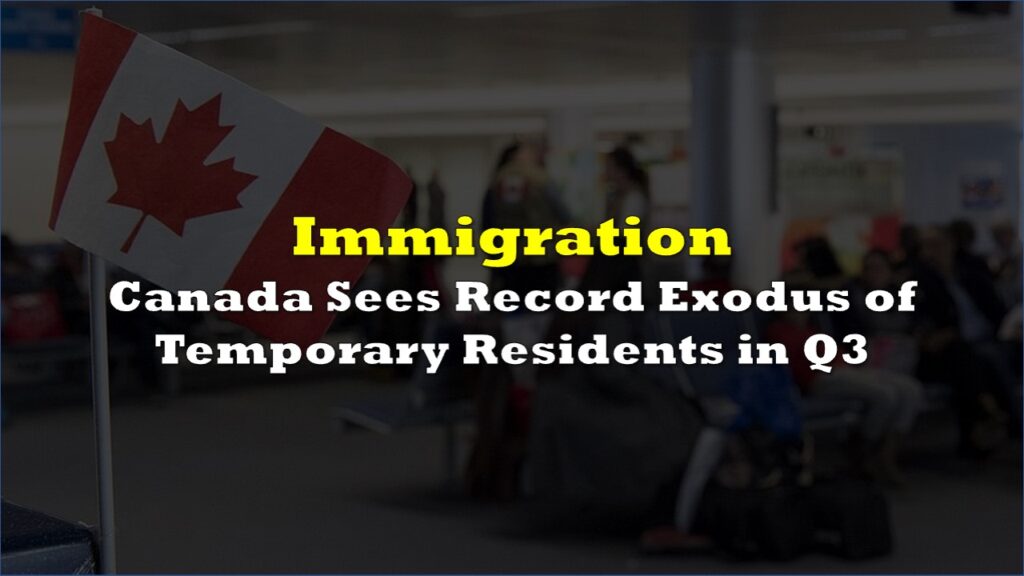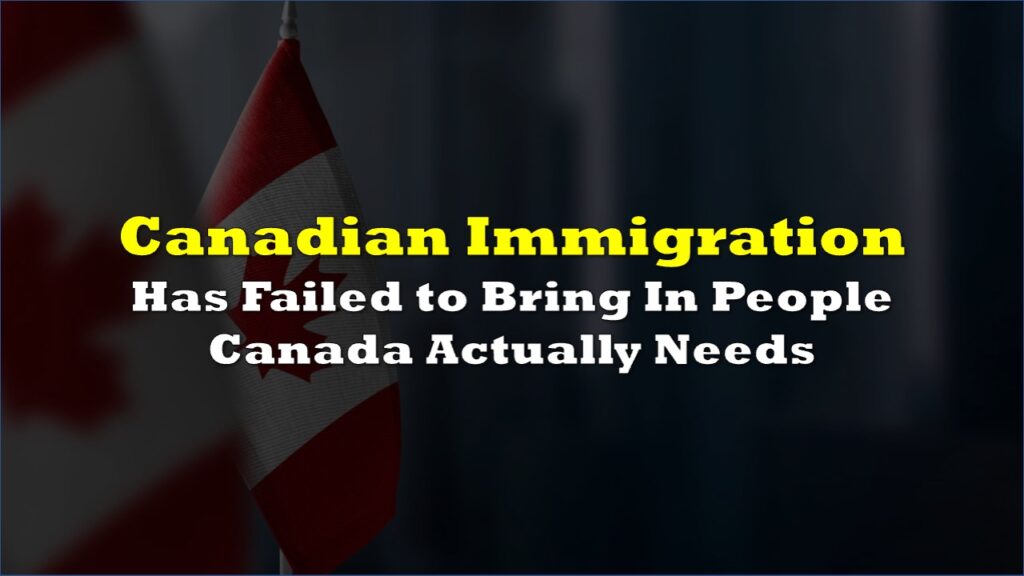Canada, long celebrated for its welcoming stance towards immigrants, now finds itself at a crossroads as the economic and social costs of mass immigration become increasingly apparent. The influx of newcomers, particularly in the form of asylum seekers and temporary residents, has placed significant strain on the country’s resources, prompting a reevaluation of immigration policies and their long-term sustainability.
In January, Immigration Minister Marc Miller announced a significant financial commitment of $362.4 million through the Interim Housing Assistance Program. This funding was intended to help provincial and municipal governments alleviate housing pressures caused by the rise in asylum seekers.
“As of last week, we had approximately 4,000 hotel rooms, and six provinces are safely housing approximately 7,300 claimants,” Miller stated, highlighting the government’s efforts to support those in need while fulfilling international obligations.
Despite these efforts, critics argue that the cost of accommodating a large influx of immigrants is unsustainable. With an estimated daily cost of $140 per asylum seeker, the projected annual bill amounts to a staggering $50 billion. This financial burden raises serious questions about the long-term viability of such expenditures and their impact on Canadian taxpayers.
#WATCH: In January, Mark Miller announced $360M, or $140 a day to cover the costs of 7k asylum seekers.
— govt.exe is corrupt (@govt_corrupt) August 3, 2024
Mass immigration is out of control. Govt now brings in over 1M people a year. At $140 a head, it works out to an annual bill of $50B to the taxpayer!
HOW IS THIS SUSTAINABLE? pic.twitter.com/D9gQfHrhw8
Immigration cap
In response to mounting public concern and economic pressures, the Canadian government has introduced measures to cap temporary immigration. A notable step was the introduction of a two-year cap on international students to prevent what Miller described as a “backdoor entry into Canada.” This measure aims to address an “overheated” segment of the immigration system that has contributed to housing and affordability issues.
Additionally, the government announced its first-ever cap on temporary residents in March, targeting a reduction to 5% of the total population over the next three years. This represents a 20% cut from the 2.5 million temporary residents recorded in 2023. Despite skepticism from the Bank of Canada about achieving this goal, Miller maintains that the government’s plan is both feasible and necessary to ensure a balanced immigration system.
A recent Leger poll reveals that 60% of Canadians believe the country is accepting too many immigrants. This sentiment underscores the growing concern among citizens about the impact of immigration on housing availability and affordability.
Miller acknowledges this shift in public opinion, stating, “Canadians want a system that is not out of control… They want one that still has a lot of welcoming aspects we’ve been proud of, but it’s got to make sense.”
Canada’s government earlier this months said it is set to introduce a series of measures aimed at reducing temporary immigration and currently has no plans to implement a comprehensive program granting status to undocumented residents.
“The era of uncapped programs to come into this country is quickly coming to an end. This is a big shift. You can’t just slam on the brakes and expect it to stop immediately,” Miller said in an interview.
The immigration debate is expected to become a central issue in the upcoming federal election, slated for late 2025. Miller predicts that immigration will be a top issue, reflecting the broader societal and economic challenges associated with current policies.
Canada is experiencing unprecedented levels of refugee claims, with over 18,000 recorded in June alone. In 2023, the country saw a total of 81,000 refugee claims, marking a significant rise in recent years. This surge persists despite efforts to deter asylum seekers through stricter visa requirements and a contentious bilateral agreement with the United States aimed at closing land borders to asylum claimants.
The government’s strategy includes potential changes to temporary resident visas to prevent misuse by asylum seekers. However, the complexity of the refugee crisis means that a simple reduction in numbers is challenging, if not impossible.
Information for this briefing was found via Reuters and the sources mentioned. The author has no securities or affiliations related to this organization. Not a recommendation to buy or sell. Always do additional research and consult a professional before purchasing a security. The author holds no licenses.









